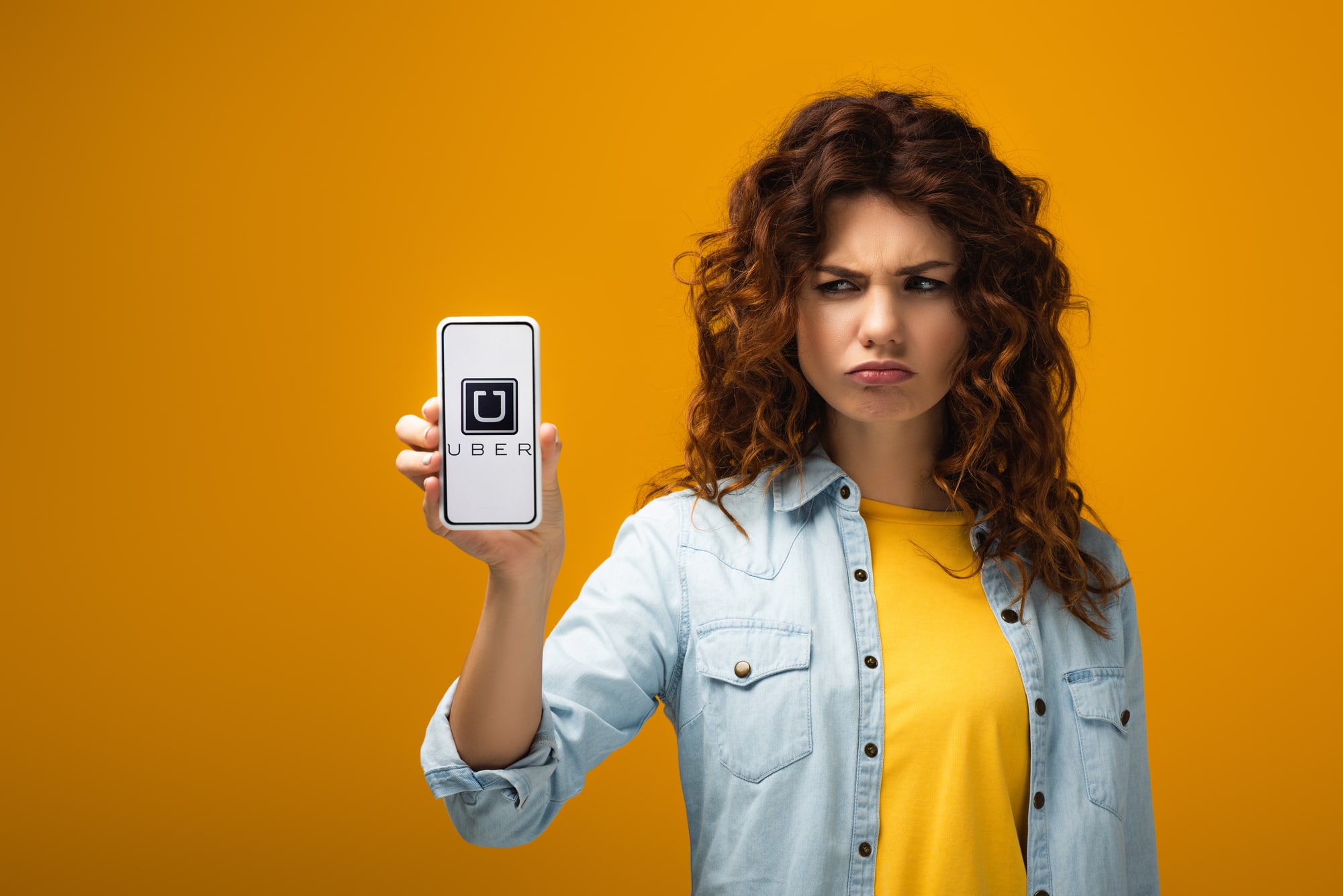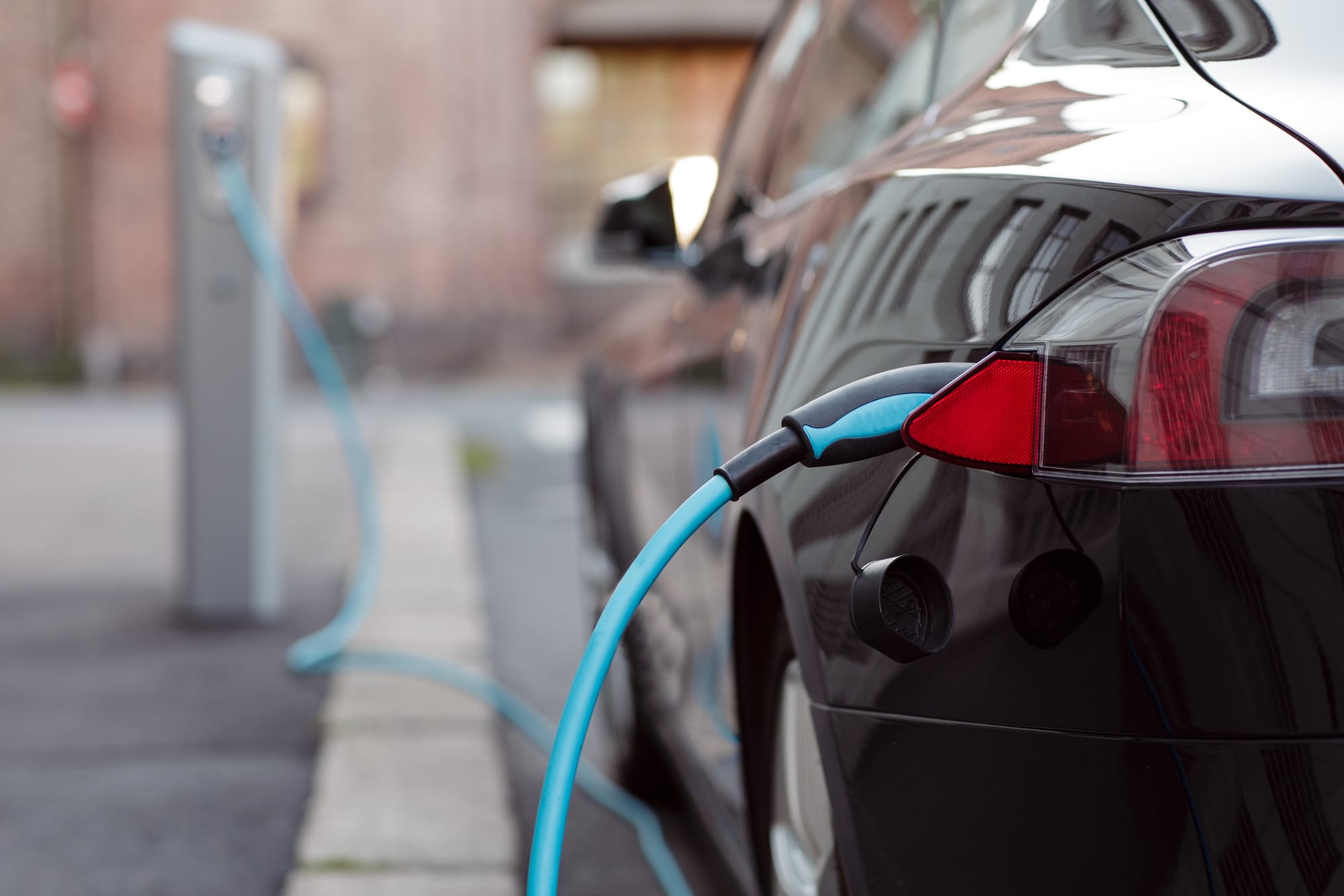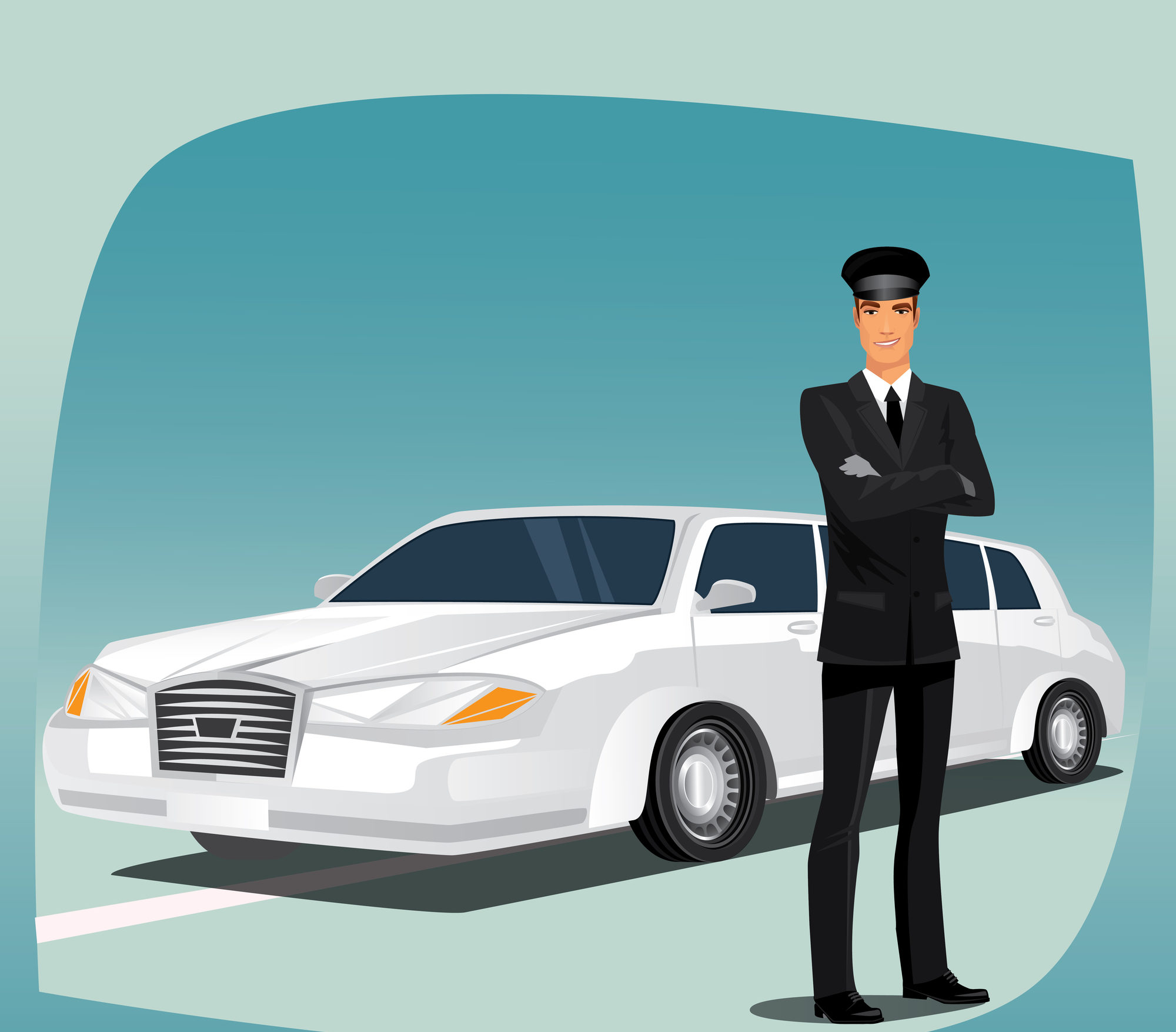Like many other industries, transportation was hit hard during the pandemic. This included the ridesharing giants of Uber and Lyft.
Now, business is perking up again in most industries, and livery operations are booking more rides these days. But that same level of rebound does not seem to be occurring for ridesharing. Why is that? Well, there are a number of factors that are contributing to what many hope is the downfall of this disruptive type of operation. As a low-cost option that has cut into livery industry revenues and challenged traditional on-call transportation like black cars and taxis, ridesharing has been unwelcome competition. And some say it’s an unfair competitor. Dare we wish that Uber and Lyft finally foul out of the game?
Let’s look at some of the issues that may just lead to the doom of ridesharing.
Table of Contents
Gig Drivers Aren’t Coming Back
Gig workers are tired of working around the clock for less than minimum wage, with no job security or benefits. Their frustration has been fueled, over the last few years, by continual pay cuts and lack of support from the company they’re working for.
When Uber first took off, drivers were pleased to have an easy way to moonlight. Uber drivers were happy to make extra cash, earning 80% of total ride fairs. That percentage later dropped to 75% in many markets and then the company detached driver pay from passenger fair, making it possible to raise prices for customers without paying drivers more. Naturally, these moves did not go over with their fleet of gig workers.
Now, though travel and activity have increased post-pandemic, Uber and Lyft are having difficulty enticing drivers to get back on the road. In July, CNBC estimated that they were running at about 40% below capacity. Some, weary of contracting the virus, have stuck with food delivery for the time being. Others have accepted better paying jobs which have opened up with the ongoing labor shortage. For example, some have opted to exit the gig economy and get the benefits that come with being employed in trucking and other transportation sectors.
Career Drivers Demand Higher Pay
While gig drivers may be dropping out of the ridesharing workforce, career drivers are demanding better working conditions. This February, Uber and Lyft drivers in NYC successfully fought for pay increases, the first since 2020 despite record inflation and rising gas prices. After appealing to New York’s Taxi and Limousine Commission, ridesharing drivers agreed to a 5.3% increase in the minimum pay rate.
Though this isn’t the case in every area, Uber and Lyft don’t have any choice when it comes to this bump in pay for NYC drivers. The companies can decide whether this will force a price hike for riders, or not. Either way, it’s not great news for business.
Riders Are Tired of Being Tricked
Even the most loyal of ridesharing customers have complained in recent years about rising rates for rides. As result of being chronically underpaid, Uber and Lyft drivers have invented some pretty tricky ways to boost their hourly rates.
For example, one rider learned that ridesharing drivers coordinate efforts to force a surge in ride rates. When they know what time an event is ending or a plane is landing, the drivers will all turn off their apps. When it appears that there are no cars available in the vicinity, or just a few, as potential customers get out of the stadium, theater, airport, etc., and start planning their transportation, prices on the app surge. Essentially, the drivers trick the system to give themselves a raise at the expense of riders.
When Uber introduced its upfront pricing, drivers quickly figured out that the company pockets the difference between the longest, slowest route calculated for riders and the actual ride time and distance. Even if a ride is shorter than predicted, the app doesn’t retroactively change the “upfront price” the customer agreed to; the company keeps the extra money charged. So, instead of trying to provide a speedy service for the end customers, some ride-hail operators started giving customers exactly what they paid for – a long, slow ride. This ensures that they earn a higher amount.
Other ride-hailers theorize that the apps overprice rides when they’re needed the most. Similar to price surges when there is high traffic, some riders have noticed that prices seem higher when their cell phone battery is running low. Price gouging has been reported when using both Lyft and Uber, bumping up the charge for a ride that typically costs $30 to nearly $80 when the battery has less than 20% charge. We imagine that this trick is designed to take advantage of the psychological pressure customers feel when they fear getting stranded because their phone is about to die.
But customers who once hailed ridesharing and transportation network companies (TNCs) as an amazing innovation, are starting to feel cheated by their service provider.
Related article: Find out How to Attract More Customers for Your Limo Services.
Rides Are More Expensive These Days
It seems like the price of everything is on the rise lately. Now rides arranged by apps are losing their competitive edge because fees are increasing. Just last month, Uber announced that it would be adding a surcharge to ride fares and deliveries to offset the rise in gas prices. Uber trips will pay a fee of $0.45 to $0.55 per trip, and Uber Eats deliveries will include a $0.35 to $0.45 surcharge delivered to drivers, who usually must absorb these cost increases.
But all of these hikes in pay and added surcharges are eating away at the one main advantage of ridesharing – low cost. If rides are no longer cheap, riders are more likely to consider other transportation options.
Doomed from the Startup
From the beginning, when Uber entered the transportation field, their business model was criticized. Over the years, Uber, Lyft, and similar businesses like DoorDash, have stood by their model which treats drivers as contractors, rather than employees. Of course, these companies argue that the contractor model allows them operate more efficiently and enable drivers greater work flexibility. They sustain that if they had to pay drivers hourly rates and provide employee benefits, they would have to increase fares for customers and limit drivers’ hours to time slots guaranteed to have enough rides to keep them busy.
Despite their reasons, some foreign governments and individual states in the U.S. disagree. In England, drivers have officially been raised to the status of workers; Spanish and French law have deemed them employees, while drivers in Canada and South Africa have filed class action suits against Uber. In America, policymakers in California, New York, and Massachusetts have been pushing for gig workers to be classified as employees and get benefits and unemployment compensation. On a federal level, Biden has said that ridesharing drivers should be treated as employees with the right to organize and earn minimum wage. Time will tell if and how this administration will enact changes for gig workers and contract drivers.
Business Focus Is Changing
Uber and Lyft have finally reached a fork in the road, where the companies must differentiate their business focus in order to aim for ongoing stability. Specifically, Uber is narrowing the focus on food delivery as Uber Eats leads the field as the fastest growing player. At the same time, Lyft is narrowing its business offering to leverage the explosive success of its bike-sharing side hustle.
These signs of sideways development are indicative of a more acute shift in consumer demand. Both Uber and Lyft are shifting their focus because income purely from ride booking has fallen off in the past few months.
Follow LimoLive24 to stay up to date on everything in the livery and transportation world.





